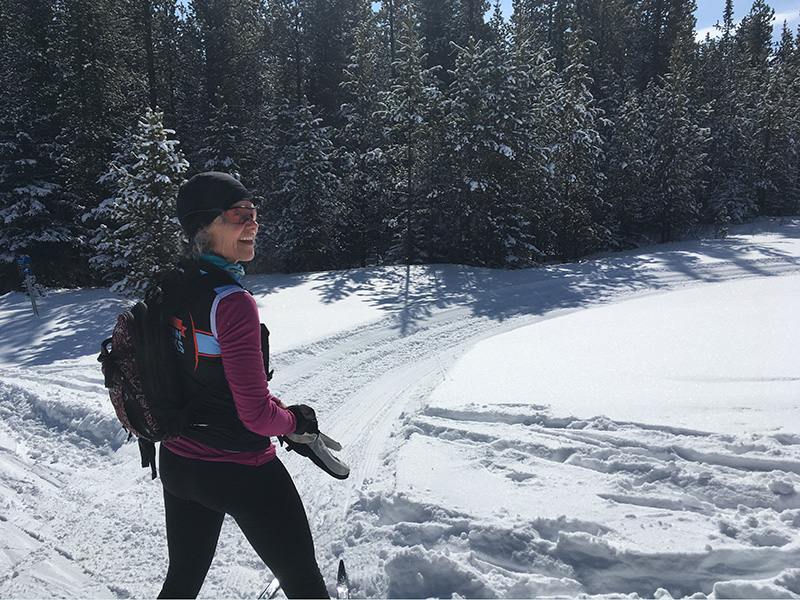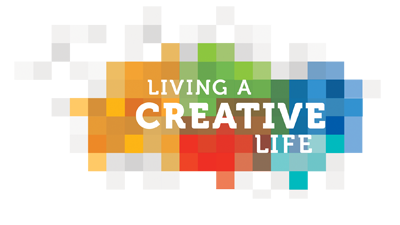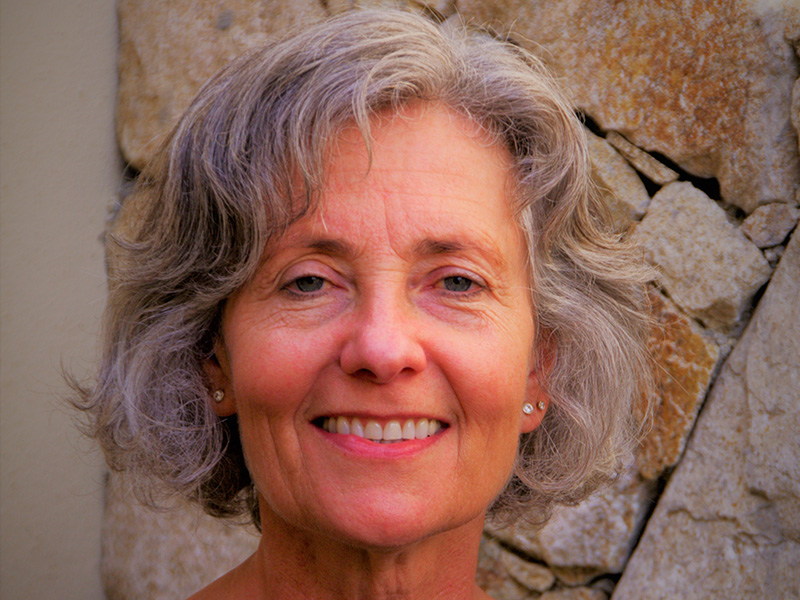Barb Howard
Sometimes creative lives can come from the most unlikely of places
Some creative lives are nurtured in art schools. Others are awakened in the concert hall, on a stage, or at a local playhouse.
Others are birthed from more unlikely venues.
Calgary author Barb Howard discovered her highly creative life—believe it or not—in a law office.
She practiced for several years, at one point being laid off by a downsizing firm, which might have been unfortunate for her legal career, but came at exactly the right moment for her creative one.
“I got laid off in a downturn and just trickled away from there,” she says. “I took law-ish jobs at oil companies for a while after that and I didn’t really make an effort to get back into a law firm but that had more to do with life.
“I would say it absolutely did nurture my creative life,” Howard continues. “If there was a honing of reading skills, I’d say it’s in the law,” she says. “I’m interested in that whole aspect of it. Attention to detail. Every word counts—and that is probably one of the reasons why I’m attracted to short stories.”
In addition to law, she’s also spent time as a probation officer, a cafeteria worker, a canoeing instructor and camp counsellor.
“Lawyers are people who like working with words. People who like working with language. There’s a huge crossover between the law and writing.”
As the author of a quartet of books—short stories in Western Taxidermy, the novella Notes for Monday, YA novel The Dewpoint Show, and 2001 novel Whipstock—Howard has long straddled a variety of roles, including past stints as President of the Writers’ Guild of Alberta, the Calgary Library’s Writer-in-Residence, and as the editor of FreeFall Magazine.
“Short stories are the only thing I do consistently,” she says. “I always have a short story on the go. I try and put together a couple a year—it’s really slow.”
In late 2017 and early 2018, Howard—along with One Yellow Rabbit’s Denise Clarke—mentored writers on The Shoe Project, a spoken word piece featuring Canadian newcomers that was presented as part of the 2018 High Performance Rodeo.
The writers of The Shoe Project were a group of women originally from places like Syria, China, Afghanistan, Ukraine, Nigeria, Tibet, Cameroon, Japan, and the Philippines.
Howard edited each 600-word story many times, with one eye on the narrative—and one on the grammar, because as much as the storytelling mattered, it was just as important to nurture each participant’s English-language competency.
“First and foremost for me, it’s a literacy project,” she says. “Every week, I tried to incorporate a bit of grammar or creative writing skill.”
And if the notion of creative life suggests a lot of unstructured time in coffee shops, or long walks along the river trying to fill a hole in the plot of your latest narrative arc—well, it does, and it doesn’t.
Creative lives like Howard’s are born just as often out of ritual and habit, carving out a chunk of each day for creative time—and then fighting for the right to do it day after day after day, week after week, year after year until it doesn’t even seem very creative any more, even to the person living it.
Just ask Howard how she lives a creative life.
“My first response would be that I don’t,” she says, “but that doesn’t make for a good story!”
That means the morning hours are spent in motion, either snowshoeing, mountain biking, or skiing.
Afternoons are spent writing, usually between two and five every afternoon.
But those mornings spent in motion can be just as creative, she says.
“It’s where new ideas or new solutions sometimes happen,” she says. “Working out, usually in the morning, skiing or snowshoeing or mountain biking, depending on the season—that would be for my mental health—but also to provide inspiration for the projects I’m working on.”

Right now, she’s writing a new essay for Alberta Views about court delays.
She’s also noodling away on a collection of essays about outdoor workouts.
“I’m interested in competitive sports and sporting events,” she says. “I love all the winter Olympic stuff. If I go on a hot vacation I’m the one Googling the snow reports. I’m that obnoxious person. Maybe because I’m not standing outdoors at a bus stop every day!”
Howard also recently worked on a project at Loft 112, the city’s East Village literary salon, that paired one of her short stories—a Calgary Stampede-themed story told from the point of view of a 14-year-old girl—with an Alberta printmaker, who created a printmaker’s version of a 14-year-old girl’s school project.
“That was pretty great,” Howard says.
The notion of motion as a creative catalyst runs counter to our conventional wisdom about how great ideas come when you’re lying very, very still.
“Sitting around all day? Not so much,” she says. “For me, activity is like a meditation. A creative, meditative state… Can those go together?”
In our distracted, multi-tasking, digitized, attention-span fracturing 21st century, Howard maintains creative focus by dedicating herself to a kind of micro art form that Canadians have demonstrated enduring excellence at over the past century or so.
“I always have a short story on the go,” she says. “I’ve always liked it the best—the way you can work on it. You can work on it waiting in the car, or over lunch hour, because it’s a smaller capsule—whereas these big projects are far more intimidating for me. I have a problem keeping the scope and breadth of them front and centre.”
Her days might seem structured and uneventful to Howard, but if creative lives depended upon the presentation of evidence the way criminal ones do, Howard’s docket would be packed. As long as the snow shoes hold out, so will Barb Howard’s imagination.
About The Storytelling Project
 On November 16, 2015, Calgary Arts Development hosted a working session with approximately 30 creative Calgarians from various walks of life. Many of the small working groups voiced the need to gather and share more stories of people living creative lives.
On November 16, 2015, Calgary Arts Development hosted a working session with approximately 30 creative Calgarians from various walks of life. Many of the small working groups voiced the need to gather and share more stories of people living creative lives.
That need has turned into The Storytelling Project.
The Storytelling Project raises awareness about Calgarians who, by living creative lives, are making Calgary a better city, effecting positive change and enriching others’ lives.
Have a story to share? Email us at news@calgaryartsdevelopment.com.
